





 |
 |
 |
 |
 |
 |
| Dick Osseman | profile | all galleries >> Milas Turkey >> Iasos near Milas >> Iasos Zeus Megistos temple | tree view | thumbnails | slideshow |
 Iasos 5531.jpg |
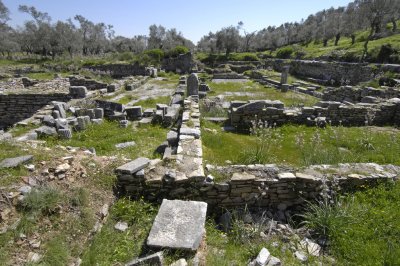 Iasos 5533.jpg |
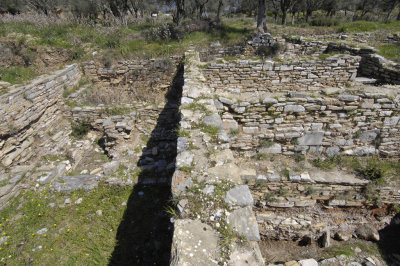 Iasos 5534.jpg |
 Iasos 5535.jpg |
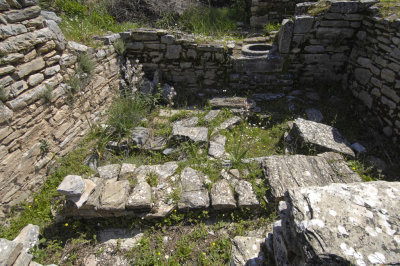 Iasos 5536.jpg |
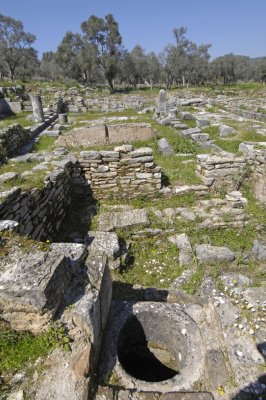 Iasos 5537.jpg |
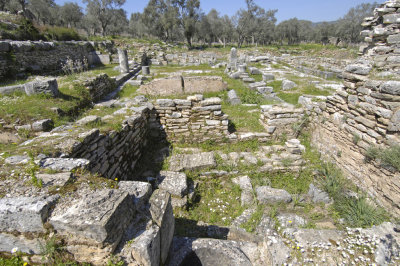 Iasos 5538.jpg |
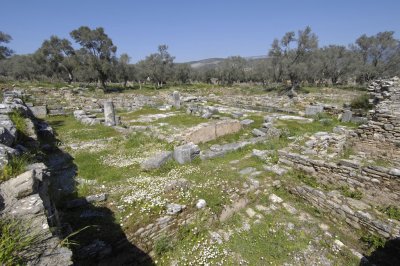 Iasos 5539.jpg |
 Iasos 5540.jpg |
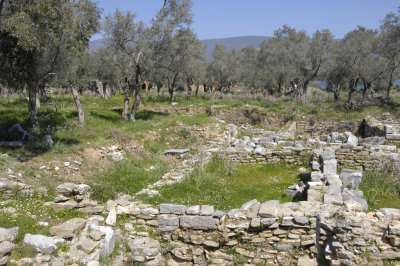 Iasos 5541.jpg |
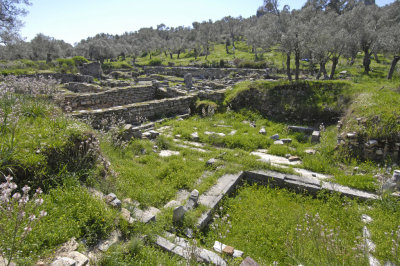 Iasos 5542.jpg |
| comment | share |